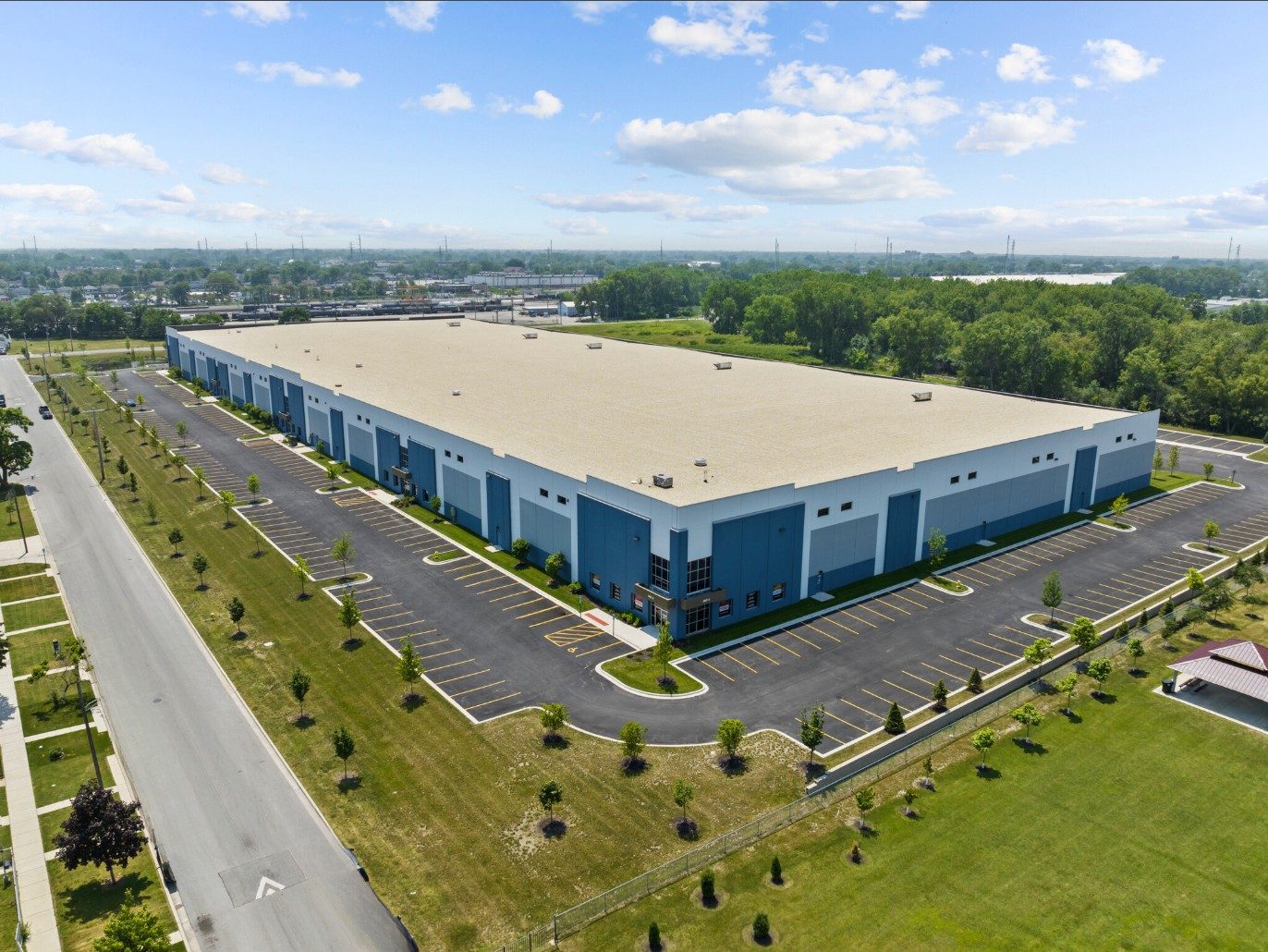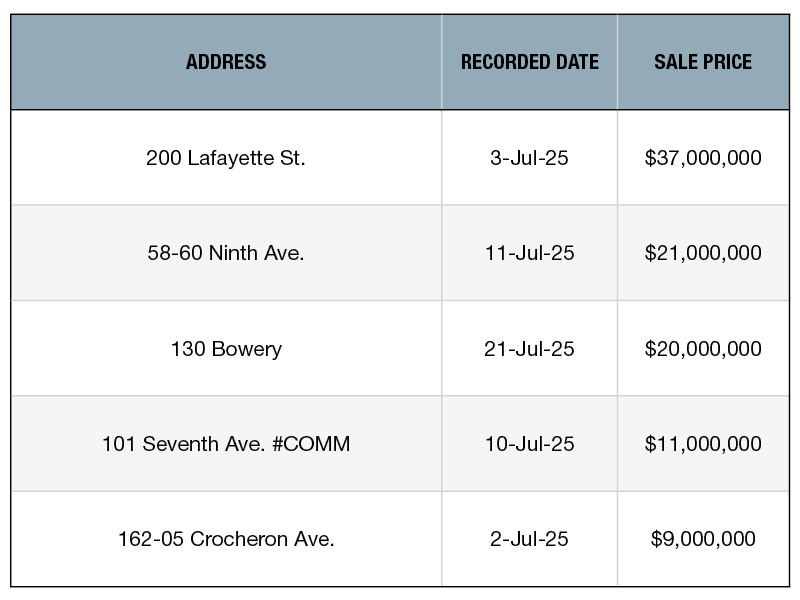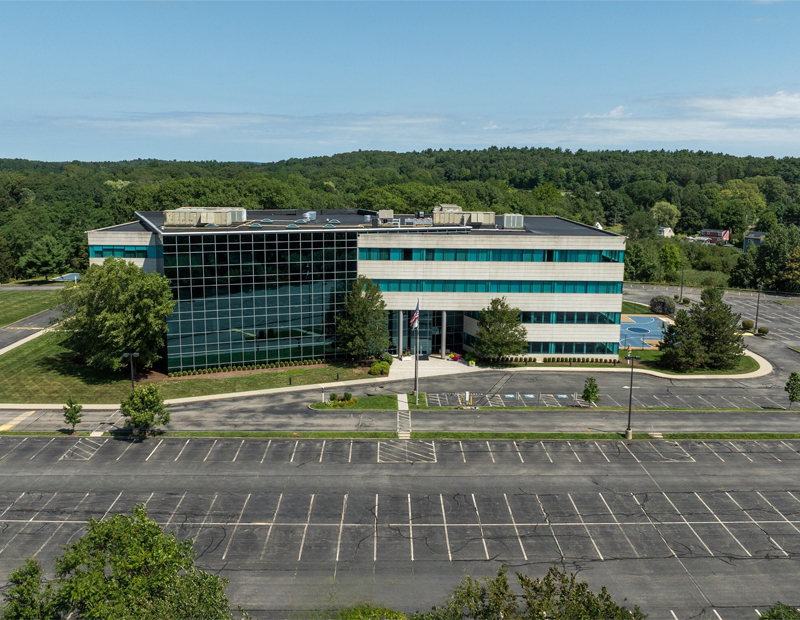April Issue: Property Management—The Budgeting Game
What should make the cut in your company's budget?
By Amanda Marsh, Contributing Writer
As the Great Recession recedes in the rear-view mirror and demand for space bounces back in many major markets, owners are again taking a hard look at their budgets. Rather than merely sharpening pencils, however, the priority has shifted to making the investments that keep properties competitive. Tired assets are getting much-needed makeovers, and aesthetic issues that once were low on the list of priorities are back on the agenda.
In short, owners are now “inclined to reinvest in their buildings to make them more competitive and marketable,” said Richard Greninger, vice chairman of operations for Carr Properties, which owns 25 buildings in the metro Washington, D.C., area and has joint venture or third-party management roles in 10 others. Greninger, the immediate past chair of Building Owners and Managers International, summed up the reason in a single word: “densification.”
Across the board, office tenants are looking at strategies that reduce outlays for office space while increasing spending on technology and personnel. The typical goal is to increase head count by 7 to 10 percent and trimming the firm’s footprint by 25 percent, he explained. “It’s a big, short-term cash-flow hit,” Greninger continued. “We need to embrace repositioning buildings, understand their needs, and be proactive in order to minimize rent roll loss.”
What Tenants Want
When it comes to retaining tenants, the top three priorities should be technology, sustainability and creating open-space plans, according to Michael Vullis, an Avison Young principal who heads the firm’s Florida office. “The competition is out there, and these are the critical ways to keep people,” he said. “You have to react to what the tenants want.” Vullis sees these forces in action as he oversees a diverse 12 million-square-foot portfolio and provides property management services for institutional clients like TA Associates Realty, AEW Global, TIAA-CREF and LNR Property L.L.C.
Every year, Brookfield Office Properties Inc. undertakes a review of the buildings in its 50 million-square-foot U.S. portfolio. The goal is to determine the strategy for amenities, services and differentiation of each property from the competition. Behind the exercise is the principle that continual evaluation of each property is essential, no matter what the market cycle, explained Paul Schulman, Brookfield’s president & COO of commercial operations in the United States. “For instance, if you don’t offer rooftop space or a fitness center in Washington, D.C., you’re not going to attract Class A tenants,” he observed.
The open-space trend has expanded into common areas, and owners’ attention to those areas has increased accordingly, Vullis reported. Café areas and expanded lobby seating are springing up, creating places for workers to escape the hustle and bustle of their offices. On the technology side, investing in building-wide access to Wi-Fi should also be a top priority, he added.
For its part, Brookfield is refreshing once-dormant office space throughout its portfolio, Schulman related. Favorite steps include sprucing up lobbies and adding amenities: lounges, big-screen televisions, outdoor plazas and performance spaces. Through its Arts Brookfield program, the company offers an eclectic array of free cultural events—theater, dance, film screenings and art exhibitions. One such showcase venue is Brookfield Place, a downtown Manhattan complex that encompasses more than 8.4 million square feet of office space.
Investing in sustainability, too, is a must for both day-to-day operations and corporate policy, Greninger said. While a building doesn’t necessarily have to be certified LEED Gold or Platinum, tenants want to know landlords are focused on energy efficiency and want a sustainable culture. Carr Properties is budgeting more for both sustainability measures and for communicating about those initiatives. Landlords are also budgeting more for new building technology—such as roof systems that have overlays or coatings that increase the roof’s lifespan—and on curb appeal, Vullis said.
On the retail side, budgets are largely being maintained status quo. One notable exception, though, is an effort to catch up on deferred maintenance items, “which we saw a lot of in the last few years,” reported Janine Christian, who oversees more than 160 shopping centers as JLL’s director of retail property management.
While expenses were being cut to the bone, the service lives of aging HVAC units would be extended through minor repairs, roofs were patched rather than replaced and landscaping was maintained, not upgraded, Christian explained. While more thorough fixes are back in the budget, owners and managers continue to scrutinize landscaping, maintenance and janitorial contracts in an effort to dedicate as much capital as possible to overdue projects.
Owners are also budgeting upgrades of HVAC systems and LED lighting, which pay for themselves relatively quickly, but Christian is encountering comparatively less investment in closed-circuit TV or energy management systems, which have longer payback periods.
In the medical office sector, dramatic changes in healthcare delivery are having a ripple effect on building operations. Consolidation, alliances and the impact of the Affordable Care Act are prompting healthcare providers to prefer turnkey solutions that allow for quick move-ins, explained Steven Smith, senior vice president of development and investment for PM Realty Group, which owns five medical office properties and has developed 500,000 square feet of assets in the sector.
These tenants are seeking clean, bright, modern and highly efficient space, Smith reported, so owners are now budgeting for LED lighting and remote monitoring for irrigation, energy management systems and security. Investing in redundant power is also important, especially in buildings that have critical functions, like a dialysis center, or high activity levels.
The New Way to Budget
As portfolios grow, so too have workloads. An asset manager who would have once been responsible for two properties might now have a 25-building portfolio to look after, Vullis noted. As a result, property managers are stepping up “acting as the asset manager’s eyes and ears and making the property the best it can be,” he said.
Budgets are not like a Congressional appropriation, he said, “but more of a handshake between the owner and property manager.” Attached to each budget is the often unspoken understanding “that if you don’t need it, don’t do it.” One welcome post-recession change is more room for contingency, which in turn translates to more effective budgets. “So if your 20-year-old air conditioner is in the budget but still working well, you can easily move it to next year’s budget,” Vullis said.
For Brookfield, budgeting is a highly collaborative process that starts a year in advance, and looks five or 10 years ahead as well as at more immediate goals, Schulman said. The budgeting team comprises owners, asset managers and outside partners, plus professionals representing property management, leasing, accounting, design, construction and marketing.
Greninger describes a three-part process at Carr Properties: setting the strategy collaboratively; information gathering and assessment, which includes such tasks as soliciting bids, analyzing technology and understanding tenants’ business needs; and disciplined execution.
On the retail side, the budgeting process has stayed largely the same in recent years, with the notable exception of properties undergoing redevelopment, Christian said. “We are working more closely with ownership in these situations to be sure the rates of return are where they need to be before moving forward as part of the budget.”
Future Concerns
As with any budget, property owners must take future pricing trends into account, and the outlook is mixed. Vullis said that dropping oil and gas prices are being counteracted by rising demand for building services that owners and property managers approached leanly during the recession.
The better news, according to Smith, is that the decline in crude oil prices has trimmed material and transportation costs and created more competition. Pricing for another major budget item, insurance, remains highly competitive; portfolio owners can keep the lid on those costs through bulk pricing for multiple properties, he noted.
Christian expects one consequence of the Affordable Care Act to be price hikes for janitorial, security and landscape services. Some national vendors are already relying more on part-time workers in order to avoid a potential 10 to 15 percent hike associated with healthcare coverage for full-time employees. Greninger added that the costs of these services, as well as other low-wage jobs like parking, are also being nudged upward by the White House’s drive to boost the minimum wage.







You must be logged in to post a comment.